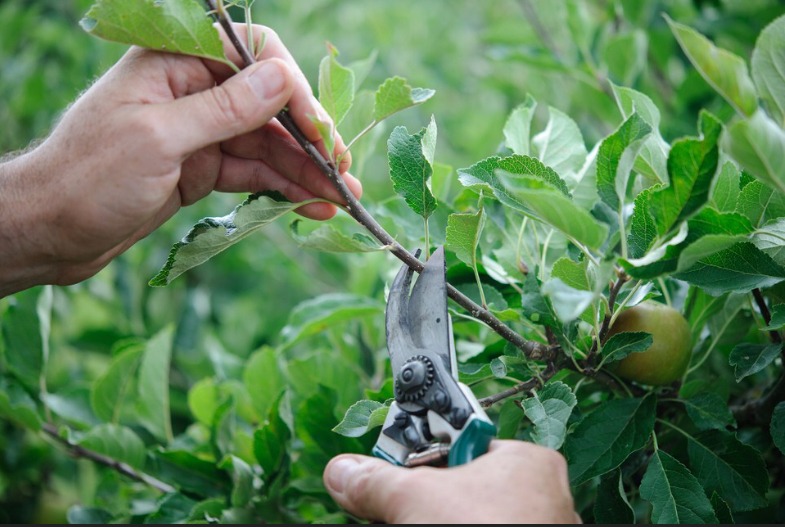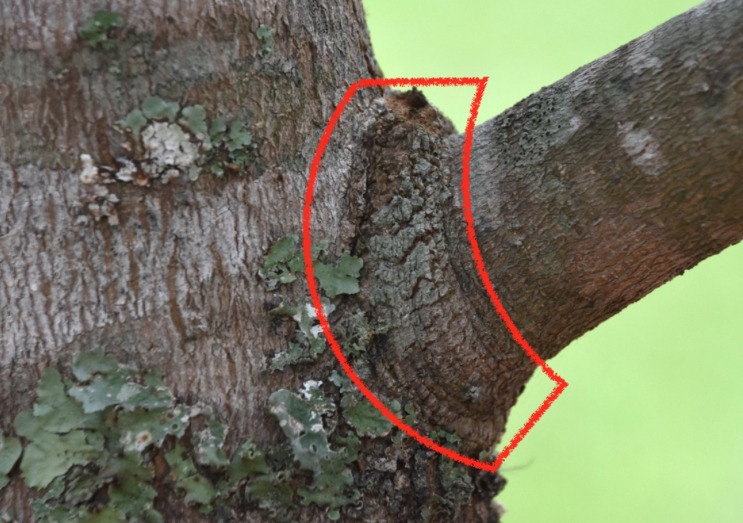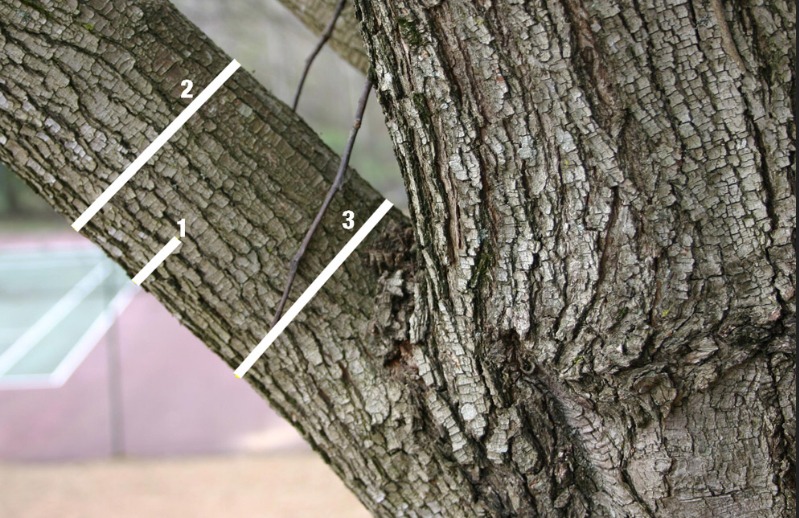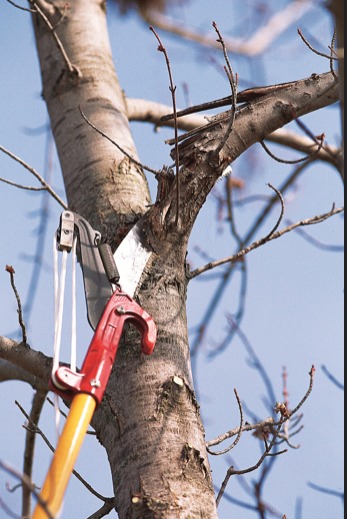Many homeowners enjoy a smattering of healthy trees throughout their property. The benefits of trees on your land range from simply being beautiful to being functional—shade or fruit or your kids’ treehouse. Some homeowners may even have an emotional attachment to their trees. We totally get this. We are rather fond of trees ourselves. That’s why we want to offer you these expert pruning tips for your trees.
Reasons for Pruning
Why prune your trees? Pruning is important because it:
- Maintains the health of your tree.
- Removes potentially hazardous branches.
- Allows you to train where the tree grows.
- Stimulates or restricts the tree’s growth as necessary.
Pruning is simply a wise practice for homeowners. Not only will you be promoting the health of your trees, but you’ll be protecting their integrity as well. Then there’s the added bonus of being able to shape your trees to grow in the direction you want.
Tips for Pruning
Start Early
It’s easy to let our trees do their thing until a problem arises. Pruning regularly within the first couple of years of growth will stave off many of those potential future problems. You could save a bundle of cash, the tree, and any structures an unmaintained tree may damage.

Another reason to start early is because it’s easier for the tree to cover its “wound.” Pruning a branch from the tree leaves an open wound. The smaller the wound, the easier it is for the tree to cover it up and stay healthy. Pruning while the tree is young means you’re making smaller cuts, or wounds, for the sake of the tree.
Safety First
Do not even think about tackling a pruning job without some basic but essential safety tools: work gloves, possibly a hard hat, and most importantly, safety glasses. And make sure you leave the ladder in the garage. A safe pruning job requires both feet on the ground.
Sharpened tools are another key to safe pruning. A dull handsaw requires quite a bit more effort which leaves you prone to mistakes, including the possibility of the saw slipping. It could also damage the tree to use unsharpened tools. It is well worth it to ensure that your tools are sharp and ready for the job.
Use the Right Tools
You don’t need some heavy duty Husqvarna T536Li XP to get a nice pruning job done. You don’t even need to know what that is. All you need are a set of pruning shears, a small handsaw or two, and a pole saw. These three tools will come in handy for years to come as you care for and maintain your trees.
Make the 3-Step Cut
Finally, it’s time to do the actual pruning! We’re going to get a little more technical here for you:
The first thing you need to take note of before you make a cut is the branch collar. The collar is where all the new growth cells have accumulated. It’s typically easy to identify as it is the raised section of the branch, usually between the trunk and the branch itself. It is essential that you do not cut into the branch collar! By doing so, you’d inhibit the tree’s ability to cover over the wound, leaving the tree vulnerable to disease or infestation.

Now grab your well-sharpened tools and get ready for the 3-step cut:
- Out away from the collar, make a cut about ⅓ of the way through the bottom of the branch. This little cut is going to protect the collar by preventing the branch from tearing.
- A little further out from the collar than your first cut, make your second cut from the top all the way through.
- Now that the majority of the branch has been removed, you can finish with a nice clean cut right up next to the collar.

The Pruning Solution
Enjoy your trees for years to come by pruning them every 3 to 5 years. By following these pruning tips your trees will be healthy and safe and beautiful.
If your tree is a little more mature than your handsaw can handle or you simply want to pawn the job off to the experts, we’re happy to help! Contact Higher Ground Tree Care, the experts in tree care!
